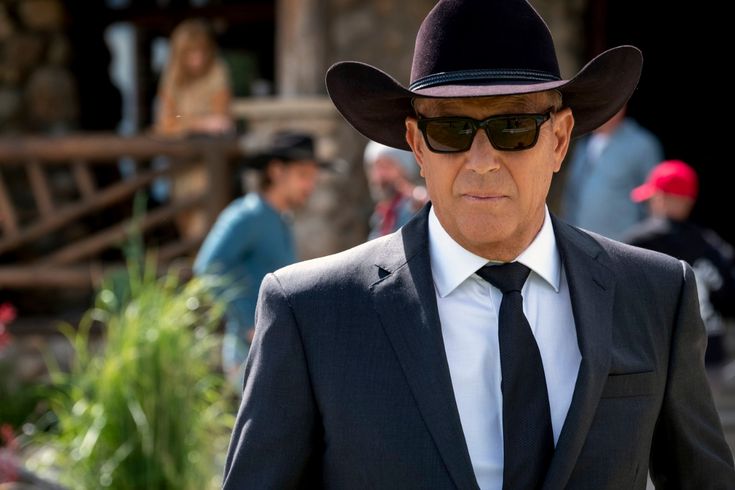
On the very basis of being a prequel, 1883 has plenty of threads connecting it to its predecessor, Yellowstone. Following the early days of the Dutton family, the show explores the dangers and consequences as they join a European wagon trail and travel from Texas to Montana, hoping to find their fortune and a place to call their own.
While the Duttons of yore don’t live on the infamous Yellowstone ranch quite yet, Taylor Sheridan does an admirable job of laying enough groundwork to connect it to the flagship series without being too on the nose.

However, one scene in 1883 is almost identical to an earlier one in Yellowstone, and it actually sums up the entire ethos of the Dutton family. In fact, it essentially nails down exactly what the franchise is all about.
Yellowstone and 1883’s shared scene is all about killing
In Yellowstone Season 2 Episode 6, John (John III) and Kayce take Tate out hunting. He makes his first kill by shooting a dear — an important moment in his life, and one that he doesn’t quite understand. This is extremely similar to a scene in 1883 Episode 3, in which James Dutton takes his son John (John I) out to hunt.
Both Tate and John make their kills, and both receive similar affirmations from their fathers. What’s more, they both also take the blood in honor of their hunts. The dialogue is astoundingly similar, with each boy hearing some variation of, “It’s your first kill, we’ve got to blood you.”

Kayce and James also share the same reaction to their son’s deer in the very different timelines, with both acknowledging just how big the animal is. Both boys learn the same lesson; that killing is necessary thing for survival — it’s just nature.
James tells his son, “That’s all life is.” Meanwhile, in the modern day, John III tells Tate: “Everything on this earth has to do it to survive.” In this lays Taylor Sheridan’s thesis for Yellowstone. The Duttons kill, often and without question. This is what they must to do protect the one thing they’ve been hunting since 1883: a legacy.
For them, killing is essential, and goes behind merely hunting for food. It’s an unavoidable consequence that comes with the land they have, and is what they have to do to protect it. It’s their driving force, reiterated throughout history over 100 years later.
The scene shows how the Duttons have evolved
The two scenes play out very similarly. But there are one or two differences that also give insight into how the Duttons have evolved. James Dutton has to hunt to feed his family on their treacherous journey. Current-day John Dutton is a very wealthy man, and there’s no reason for him to hunt. It’s nature vs. sport.

What’s more, their reactions to the kill itself are very telling. James insists to his son that they have to “thank” the animal. “When you kill a thing, it makes you a little less man and a little more animal,” he says. James Dutton knows that killing is necessary, but he also acknowledges the consequences of it.
Meanwhile, Yellowstone’s John Dutton doesn’t have such a self-aware perspective. “It’s the one thing we all share,” he tells Tate, who cries above the dead deer. At this point in history, killing is so ingrained in the Dutton’s blood, it’s second nature.
Yellowstone often gets criticized for being poorly-written, or guilty of leaving certain plot points and narrative in the dust. However, these two scenes are a great example of a connection that allows for a bigger picture of the Duttons.
This is where Taylor Sheridan operates best: looking at the Duttons as an entity that can’t be justified, but perhaps be explained just a little. When history comes into play, it gives the modern-day Yellowstone characters the layering that’s very much needed.